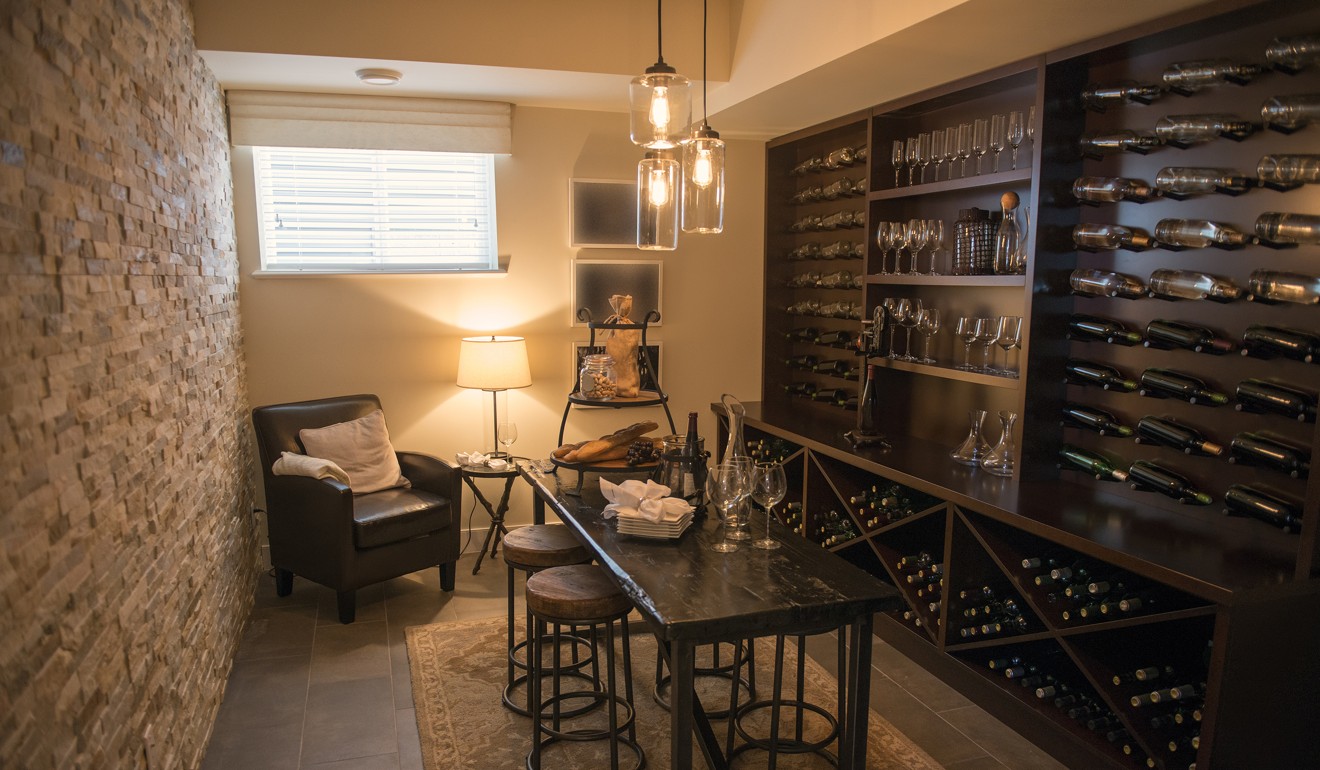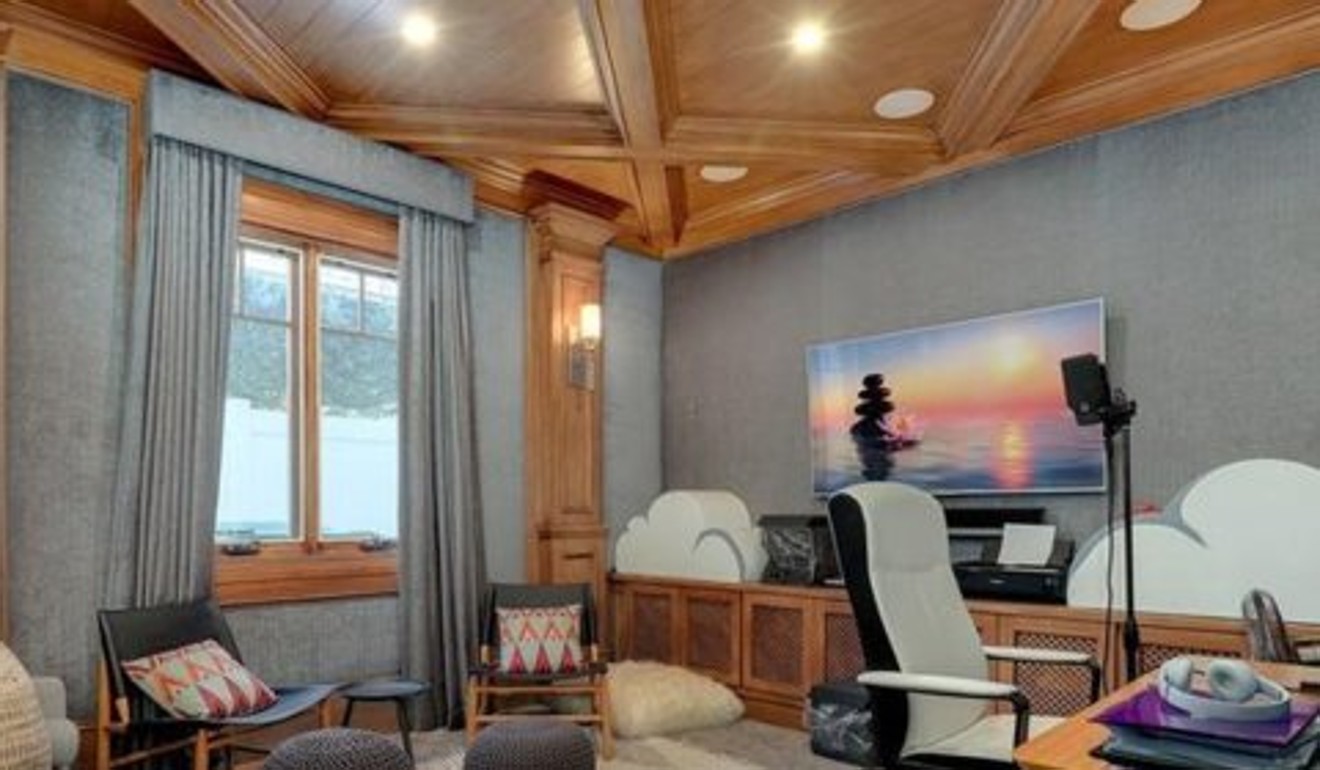Why are over-customised luxury homes so difficult to sell?

From underground basketball courts to private recording studios, luxury homes are hitting a point where they’re so over-customised that they’re difficult to sell.
Alec Traub, a Los Angeles-based real-estate agent with Redfin, says the trend can be seen across wealthy LA neighbourhoods such as Beverly Hills, Hollywood Hills and Bel-Air.
“Customisation is price dependent: You see more as you go higher in price point,” Traub said, noting that the “magic number” where homes start getting highly customised is around US$5 million.
These homes are being customised by developers and homeowners, Traub said. Developers will “add features they think people want or need, but they don’t err on the side of caution”.

Wealthy people are sparing no expense to keep their lives private and secure, whether that means removing their homes from the grid or hiring architects to conceal buildings. But, there is, Traub said, a level at which homes become too privacy- and security-oriented in a buyer’s eyes.
“I’ve seen examples where you walk into a house and every room has a camera,” he said. “And not everyone wants that.”
Similarly, wine cellars and home gyms, two details developers have been known to add to homes, appeal to a specific buyer, but not every buyer.
On top of that, homeowners add their own touches that cater to their personal, professional and family-based needs.
“You’ll see that entire rooms have been blown out to create recording studios,” Traub said, “or a whole basement has been turned into a basketball court.”
Traub also said that while customisation has long been a trend in luxury real estate, it’s become particularly prominent as the idea of live-work spaces has evolved. Rather than having separate spaces, the two functions merge into a single space.

Evidence of over-customisation hurting a home’s chances on the market can be clearly seen in the likes of an US$85 million New York City condo that comes with a US$2 million construction credit in case the purchaser does not like certain layout details. Or the Bel-Air mega-mansion that comes with a 40-seat movie theatre, a bowling alley and a massive candy wall – and which, after two years on the market and a US$100 million price cut, has still not sold.
While prominent in LA, the trend isn't localised to the West Coast – nor is it always visible to the plain eye. Luxury real-estate developers are pouring money into basement-level layouts replete with spas, art galleries and ballrooms in luxury markets such as San Francisco, The Hamptons and London. Similarly, some wealthy homeowners have paid up to US$500,000 to install luxe panic rooms in their houses.
Ultimately, the problem with personalised touches in multimillion-dollar homes is that buyers tend to be selective and specific about what they want with more expensive homes. Highly personalised details don’t help homes in resale, they hurt them.
Wealthy buyers, Traub said, “don’t want to buy a fairly brand-new home and then put money into it to turn it into what they want. They’ll just look at other homes that match their exact wants instead.”
“The question isn’t ‘how much did this cost to build’,” Traub said. “Instead, it becomes ‘how much would it cost to have this taken out’?”
Want more stories like this? Sign up here. Follow STYLE on Facebook, Instagram and Twitter
This article originally appeared on Business Insider.

- Customisation might not appeal to personal, professional and family needs of potential buyers